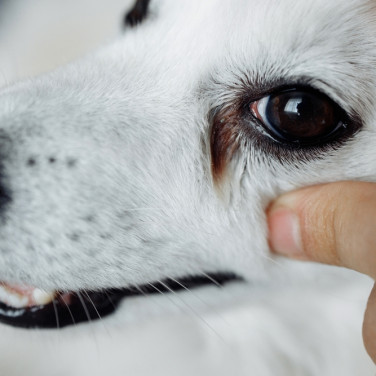DISEASES
Hypothyroidism in Dogs - Causes, Symptoms, and Treatment
페이지 정보
본문
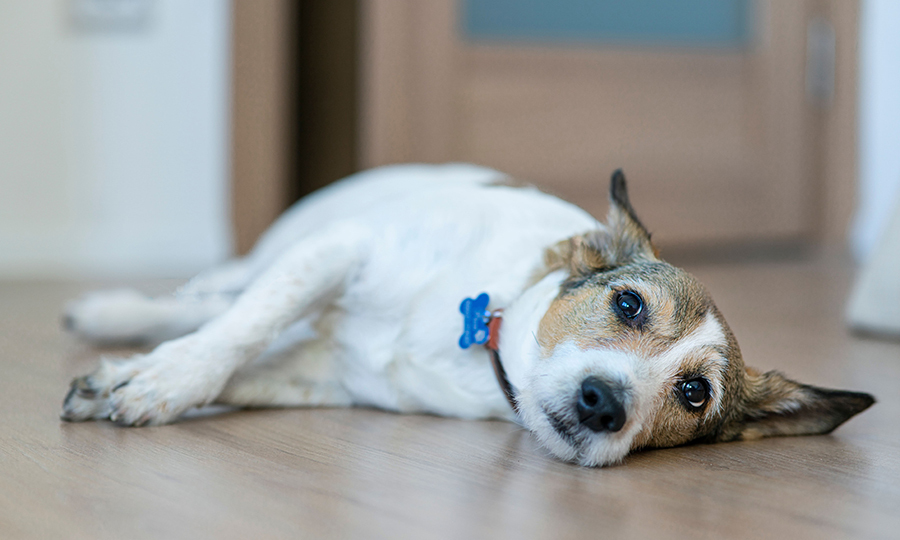
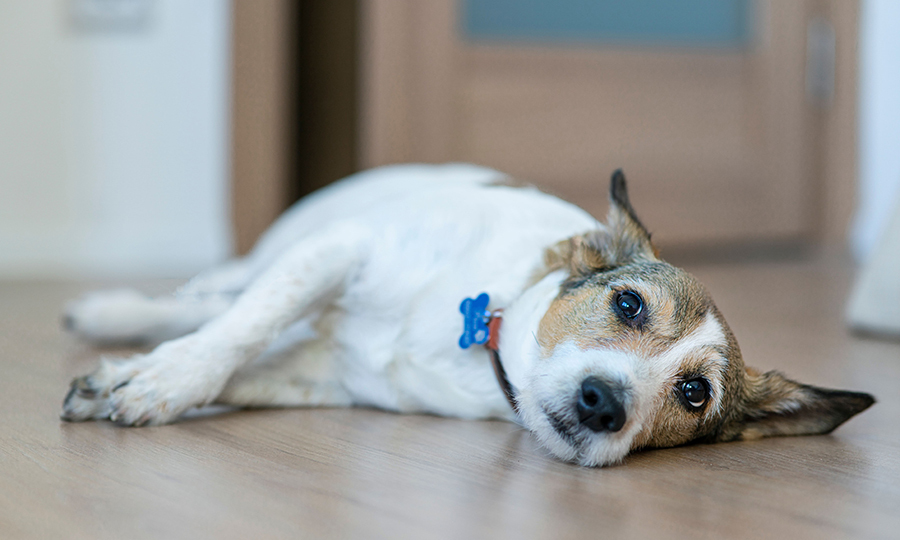
What is hypothyroidism in dogs?
Hypothyroidism is a medical condition that arises when the thyroid gland, which is situated on either side of the neck, fails to produce enough thyroid hormone for effective regulation of metabolism. As a result, the slowing down of metabolism affects all organs in the body, leading to a host of symptoms, including weight gain, hair loss, skin diseases, loss of energy, and appetite. Hypothyroidism is different from a similar disease, hyperthyroidism, which is a disease characterized by an increase in metabolism due to an excess of the thyroid hormone. While hyperthyroidism is a common condition in cats, it is rare in dogs.
Common causes of hypothyroidism in dogs
The most common cause of hypothyroidism is inflammation or atrophy of the thyroid gland, with tumors being among the rarer causes. Both lymphocytic thyroiditis and idiopathic thyroid atrophy together account for more than 95% of all cases of hypothyroidism in dogs. The remaining 5% of cases consist of rare diseases, such as thyroid cancer.
-
Lymphocytic thyroiditis
Lymphocytic thyroiditis is an inflammatory condition in which the body’s immune system thinks the thyroid is an abnormal foreign entity and attacks it. Although the exact cause is not known, it is understood that genetic or environmental factors, such as chemicals, may influence it.
-
Idiopathic thyroid gland atrophy
It is unclear why this occurs, but idiopathic thyroid gland atrophy refers to when thyroid tissue is replaced by fat tissue.
-
Tumors
-
Iodine deficiency
-
Iatrogenic
Refers to when the thyroid gland is damaged by drugs or surgery
Symptoms of hypothyroidism in dogs
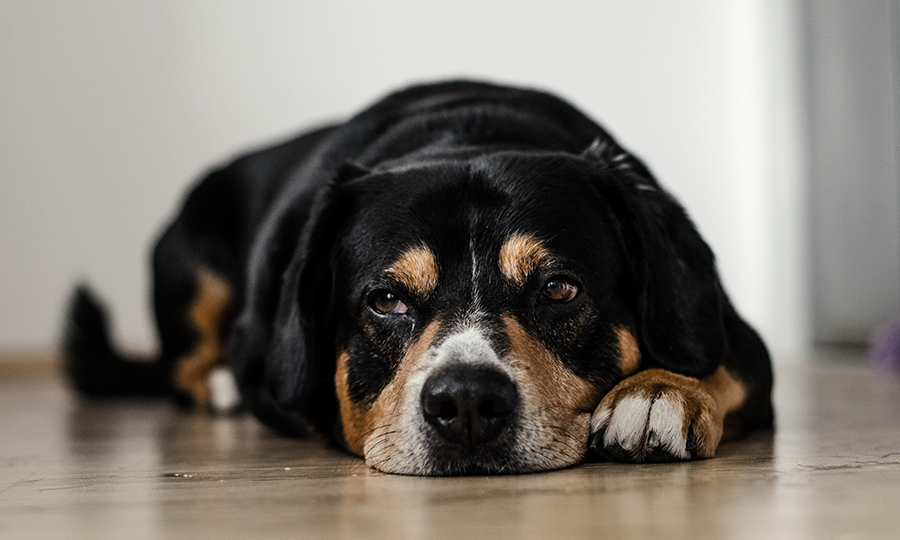
The presence of thyroid hormone is crucial for the proper functioning of different organs in the body. Therefore, when there is a shortage of this hormone, the metabolic activities of various organs are inhibited, leading to some of the following symptoms.
Generalized symptoms of hypothyroidism in dogs
- Weight gain without an increased appetite
- Lethargy
- Signs of mental dullness
- Exercise intolerance
- Generalized weakness
- Cold intolerance
- Slowed heart rate
Skin symptoms of hypothyroidism in dogs
- Thinning coat
- Hair loss
- Quality of coat is lowered
- Hyperpigmentation
- Itchy, flaky, red skin
- Recurring otitis externa (inflammation of the external ear canal)
- Thickening of the skin
- Recurring skin and ear infections
Neuro-muscular symptoms of hypothyroidism in dogs
- Stiffness
- Laryngeal paralysis
- Regurgitation due to megaesophagus
- Polyneuropathies
- Head tilting
- Circling
- Facial nerve paralysis
- Ataxia (lameness)
Other symptoms of hypothyroidism in dogs
- Reproductive abnormalities
- Diarrhea
- Corneal lipidosis
- Keratoconjunctivitis
The risk of hypothyroidism in dogs and when to see a vet
Hypothyroidism is a condition that occurs more frequently in adult dogs between the ages of 5 and 9, especially in medium to large-breed dogs. Certain breeds such as golden retrievers, Dobermans, dachshunds, miniature schnauzers, cocker spaniels, and Irish setters may be more susceptible to this disease due to genetic factors.
If your dog is experiencing recurring skin diseases, neurological symptoms, or decreased appetite while also continuing to gain weight, it is important to seek an accurate examination at an animal hospital.
Are there home treatments for hypothyroidism in dogs
Hypothyroidism is a disease that poses challenges when it comes to managing it at home. This disease requires a precise diagnosis and long-term treatment plan from a medical professional at an animal hospital.
Diagnosing hypothyroidism in dogs
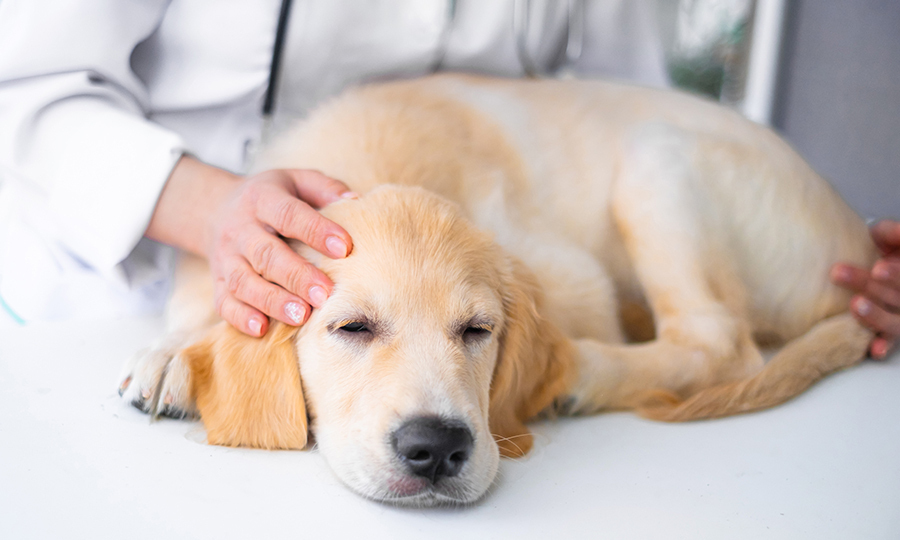
To diagnose hypothyroidism, thyroid hormone levels are tested. The process begins with reviewing the dog’s medical history and conducting a physical examination to identify any other potential health issues. Basic blood and skin tests are then conducted to determine the presence of any additional diseases and to assess the overall health of the pet.
-
Physical examination
If there is suspicion of hypothyroidism, the first step is to ask the pet parent about the severity of the symptoms present, and when they first appeared. Following this, a physical examination should be conducted to assess the heart rate, skin and eye health, and the presence of any neurological symptoms.
-
Blood test
It is necessary to test the patient’s blood because hypothyroidism can be accompanied by hypercholesterolemia, hyperglyceridemia, and anemia. Additionally, it may be necessary to evaluate organ functions, such as the kidney and liver, to ensure an accurate diagnosis and treatment.
-
Skin test
In cases of hypothyroidism, it is common for dogs to experience skin infections. To diagnose the type of pathogen causing the infection, necessary examination methods such as taping, swabbing, and hair plucking are used to examine various factors under a microscope.
-
Thyroid hormone test
The thyroid hormone test is used to measure the level of thyroid hormone present in the blood. The most common test screen for total thyroxin level, TT4, through a blood sample. If levels of total thyroxin are low and accompanied by related symptoms, it may suggest the presence of hypothyroidism. In addition to the TT4 screening, a thyroid panel test is conducted to determine levels of multiple forms of thyroxin. In cases where clinical symptoms are evident but the thyroid hormone test results are inconclusive, a TgAA test may be performed to obtain a more definitive diagnosis.
Treatment of hypothyroidism in dogs
Hypothyroidism is a disease that requires lifelong management, typically with an oral synthetic thyroid hormone replacement. Levothyroxine is a commonly used drug for this purpose. However, excessive use of this medication can lead to symptoms of hyperthyroidism, such as hyperactivity, weight loss, lack of sleep, and polyuria. On the other hand, insufficient use or drug tolerance can also pose difficulties in proper management. Therefore, once diagnosed, it is vital to control hormonal drug dosage through periodic checkups with the vet.
Usually, a thyroid hormone test is conducted through a blood sample, and changes in clinical symptoms are monitored a month after the first treatment. Blood is drawn either just before or 4 to 6 hours after administering the drug to ensure hormone levels are not affected. If thyroid levels and clinical symptoms are well-managed, a reexamination is performed every 6 months. However, if symptoms worsen beyond the retesting timeline, you should contact your veterinarian for further testing.
Following and administering the drug consistently can alleviate or even eliminate symptoms of hypothyroidism. Weight gain and low energy can be resolved within a month, while hair loss and skin problems may take several months. Though discussions about dietary management can assist with health management, the scientific basis for this is still unclear.
With the correct diagnosis and treatment plan from your veterinarian, a dog with hypothyroidism can lead a normal and healthy life.
Prevention of hypothyroidism in dogs
It is not possible to prevent hypothyroidism, so early detection and management are crucial. If you notice any concerning symptoms listed above, it is essential to seek medical attention for a proper examination as soon as possible.
Find out more about your dog’s symptoms and diseases on the Buddydoc app!
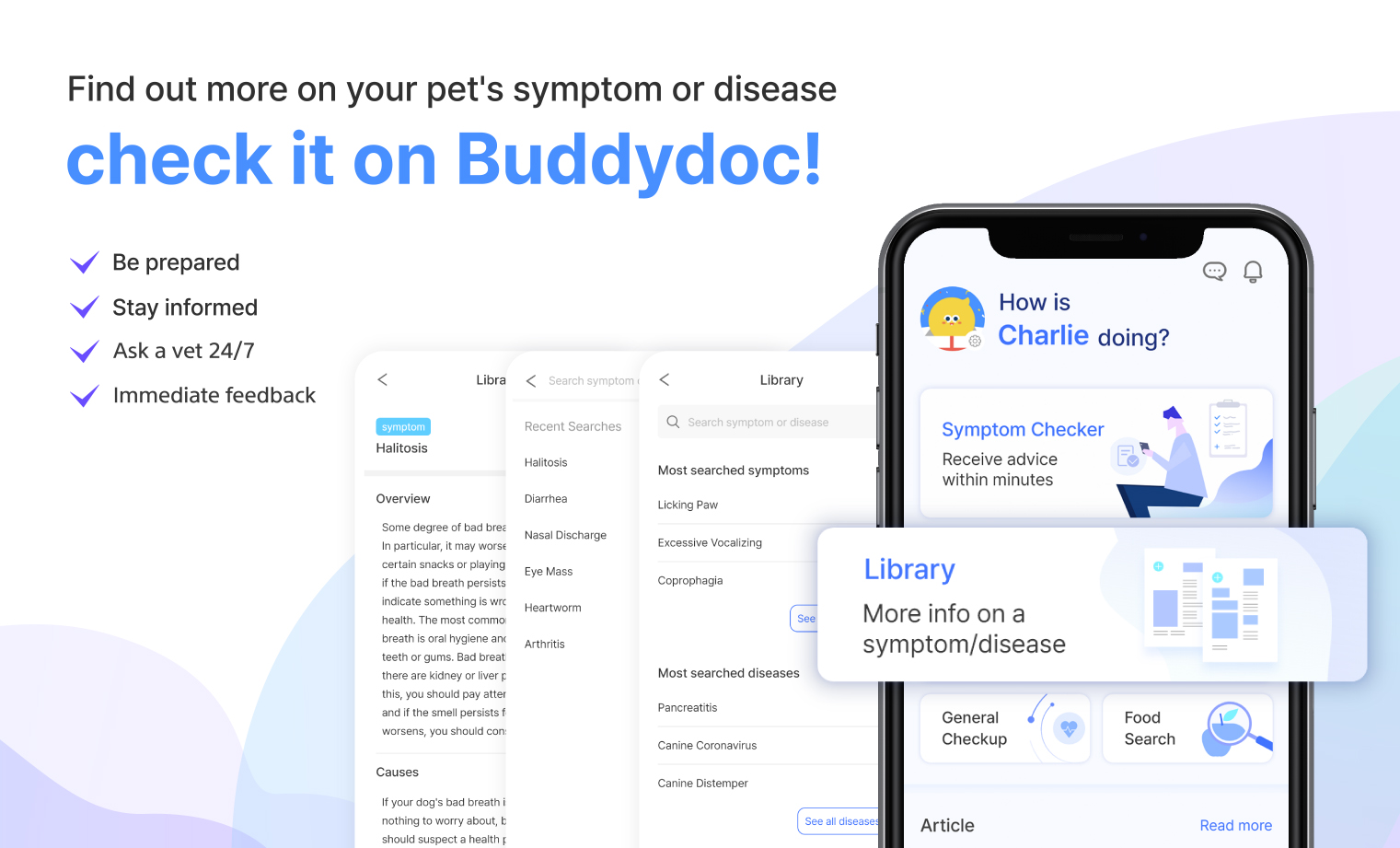
The Buddydoc library is filled with everything you’d want to know about each symptom and disease your pet may experience. If you would like to find out more about the causes, signs, treatments, preventions, and more for your dog’s disease. Try out the Buddydoc app and search for your pet’s symptoms or diseases in the Buddydoc library.





